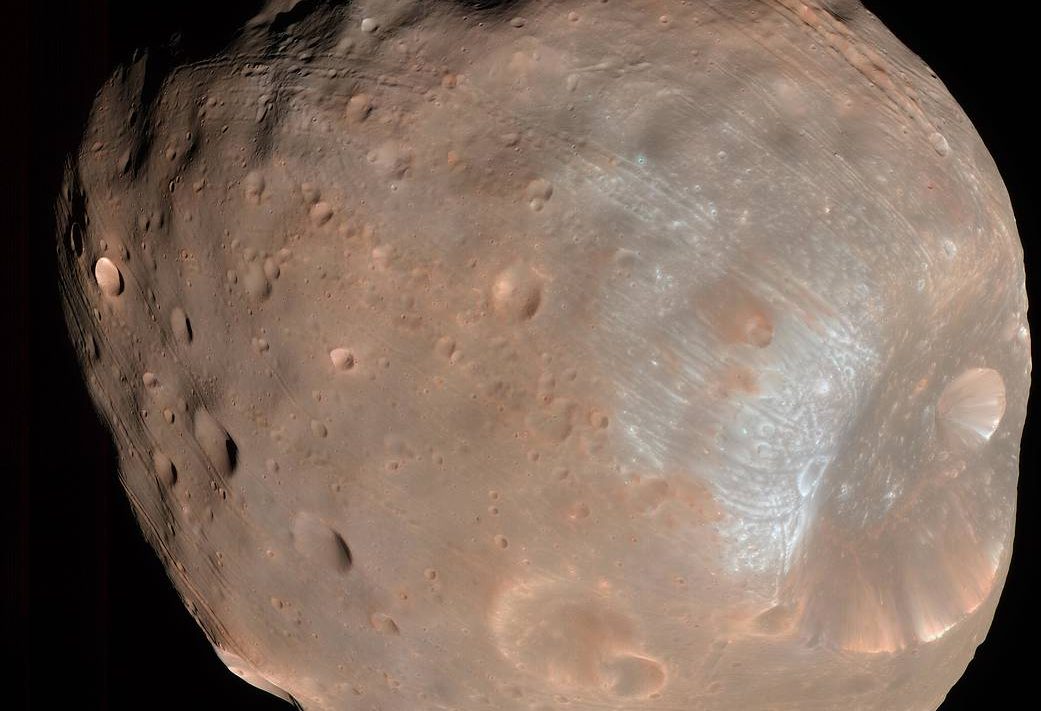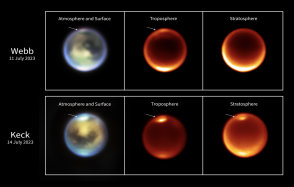Mars rheology and thermal history revealed by the orbital evolution of its satellite Phobos
Unlike its surface, which we now know relatively well, details of Mars' internal structure and evolution are still poorly understood. Evidence of recent volcanic activity suggests that the deep interior of the Red Planet remains hot and is cooling through convection.

Publication date: 23/05/2019
Press, Research
Related teams :
Planetology and Space Sciences
Related themes : Earth and Planetary Interiors









